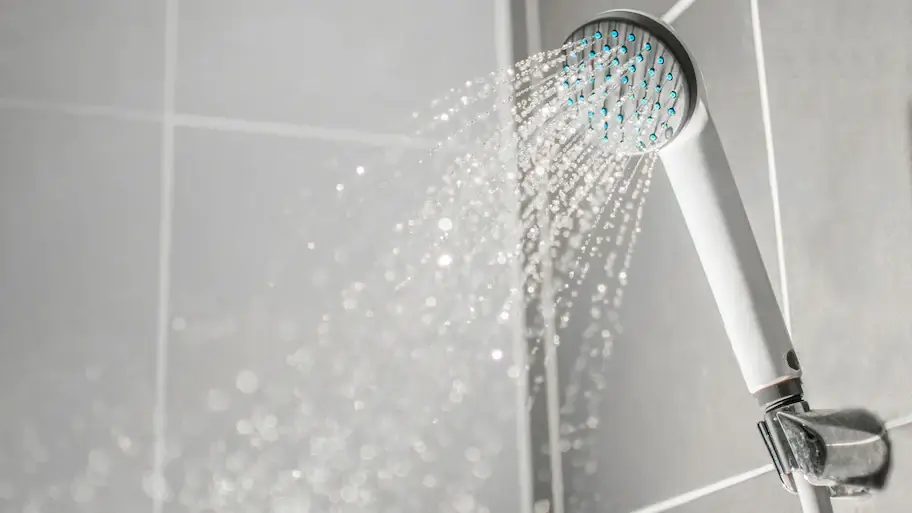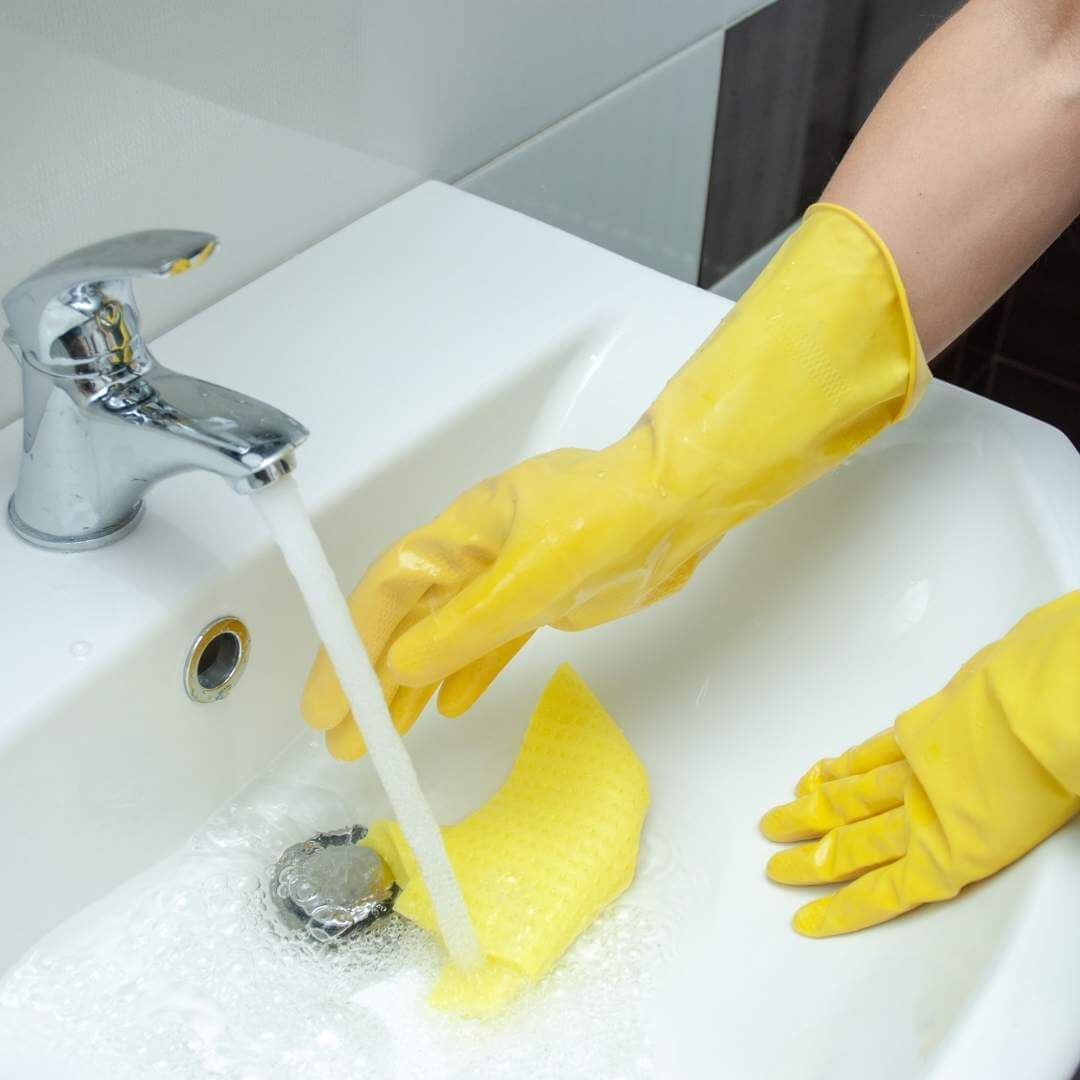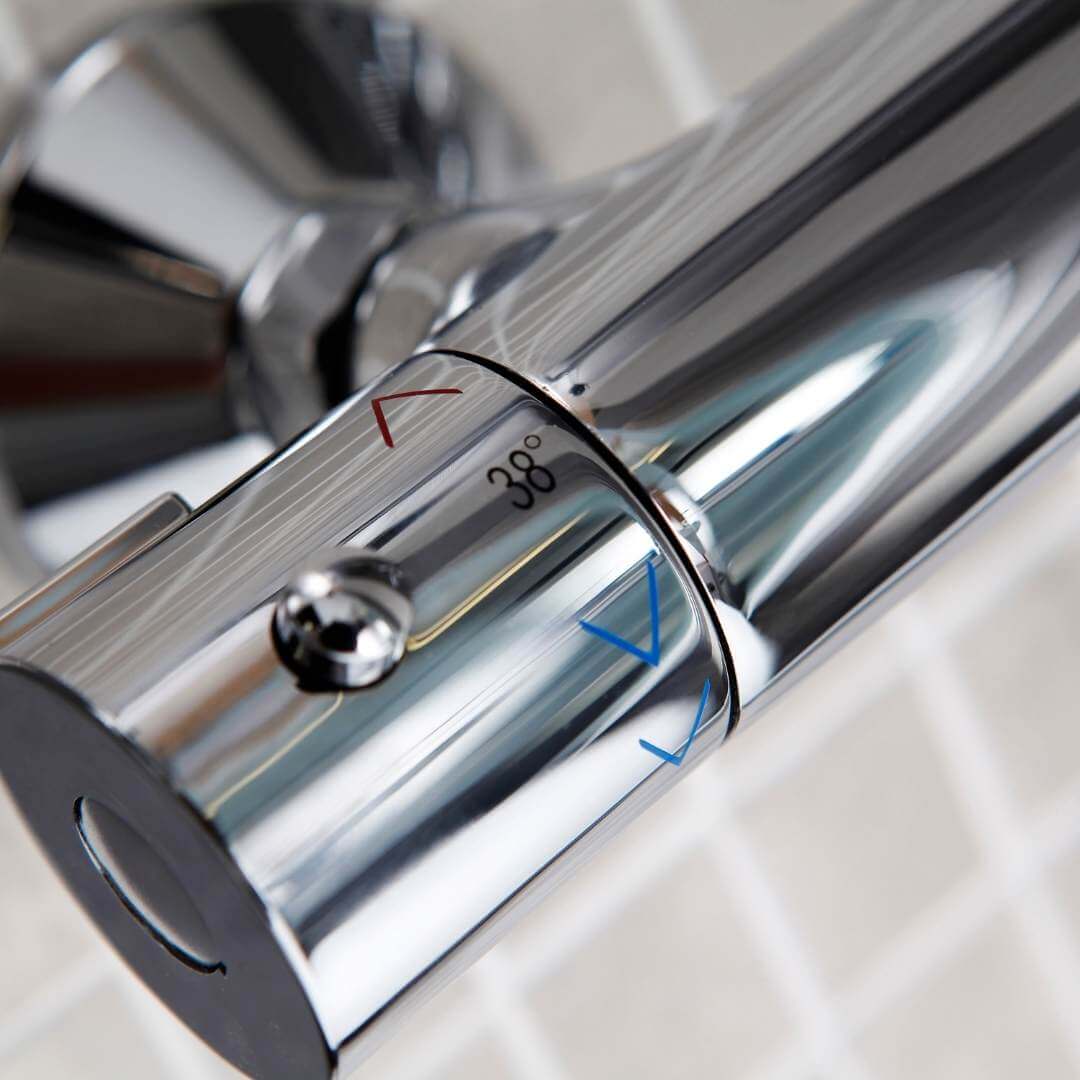What you can do if there is no hot water in shower but sinks are fine?
Being unable to use hot water in the shower is a very unpleasant situation, especially if hot water appears to be working fine throughout the rest of the house.
A broken water heater immediately emerges as a potential problem, which is frequently the case. The issue is with the shower, though, if hot water is available at the sink and elsewhere.
There Is No Hot Water In Shower But Sinks Are Fine

Before concentrating on solutions, getting to the root of the problem and figuring out what is causing it in the first place is required.
There are a few issues that you should check into before attempting any fixes if you have hot water in the sink but cold water in the shower. By doing it this way, you’ll not only save a ton of time and work but also keep the process from becoming more difficult.
Determine if the problem is with your shower

You could assume your shower is the issue when you take a cold shower. However, to see if another cause is at work, you should first look in other places.
First, make sure that hot water is flowing into every sink. If so, you already know the problem is with your shower. However, your water heating system may be at fault if various water sources provide you with only cold water.
Related: No Hot Water From Tankless Water Heater
Common indicators of a water supply issue include:
- Your water heater’s thermostat isn’t adjusted to a high enough temperature (a common problem when you have lukewarm water).
- Problems with your water heater’s mechanics.
- A burnt-out fuse. Or, if it’s a gas appliance, the pilot light has burned out.
- If utilizing an oil burner, the burner is malfunctioning or has run out of oil.
- Your water requires warm-up time because another household member has already used all the hot water. If this is the case, try testing the water again in 30 minutes.
After ruling out these potential causes, you’ll be able to determine if your shower is to blame or the issue lies elsewhere. [1]
Why There Is No Hot Water In Shower But Sinks Are Fine

- Faulty anti-scald device
Let’s begin by describing the anti-scald device, which is crucial to controlling water temperature. The thermostatic valve, sometimes called the anti-scald shower valve, controls the shower’s temperature.
So you don’t have to adjust it constantly or risk getting bombarded with hot or cold water. [2]
In homes with children, this kind of equipment is crucial since it shields the kids from severe scalds. In addition, it is essential to have a functional anti-scald device in your shower.
This is because the typical water heater setting is 140oF, which is hot enough to cause some significant damage.
The anti-scald device prevents third-degree burns from happening. This is accomplished by ensuring that the water is hot enough so that you enjoy your showers and stop the bacteria from spreading.
In light of this, your anti-scald valve might have malfunctioned if you observe that hot water isn’t flowing from the shower faucet but is in the sink [3].
- Improper setting on the anti-scald device
It’s not always a sign that the anti-scald is broken or ineffective if you’re not getting hot water in the shower. However, it’s also possible that it hasn’t been properly adjusted, particularly concerning the water temperature limit.
It is crucial that you set the anti-scald valve limit appropriately to prevent being scalded by hot water.
Equally, it is important that you avoid setting the limit too high which will prevent you from receiving any hot water. Fortunately, if this is the problem, the anti-scald device can be quickly tested and changed.[4]
- Defective shower mixing valve
Mixing cold and hot water to attain the correct temperature is done by a shower mixing valve, also referred to as a mixer shower.
The shower mixing valve’s crucial feature is to actually mix the water before it reaches the showerhead. This makes the entire procedure easier and more efficient.
Now, the hot and cold water must be at the same pressure for the shower mixing valve to effectively mix it and regulate the temperature of the water emerging from the showerhead.
If multiple fixtures such as shower, sink, and toilet share the external water supply in your home, this could halt the flow of hot water and impair the mixing valve’s functionality.
But these issues are rarely encountered because modern thermostatic mixing valves automatically alter the parameters to achieve a constant water temperature. However, both older and more modern shower mixing valve models may have flaws, which is one of the potential causes of your shower’s lack of hot water.
- Defective pressure-balancing valve
The pressure-balancing valve often receives hot and cold water and balances the two to produce a constant water temperature. Even though there might be problems with the pressure of the sources, the valve is expected to manage them [6].
This means you should still get a steady hot water supply even if the water source temperature isn’t constant. If not, you might be dealing with a broken pressure-balancing valve preventing hot water from getting to your shower.
5. Faulty or worn-out Shower Cartridge
The shower handle has built-in shower cartridges. These cartridges regulate the temperature of your water as a last resort.
Shower cartridges blend cold and hot water to the desired temperature that you select using the shower handle. In this case, they function as mixing valves. While mixing valves are typically found in older homes, shower cartridges are a more contemporary alternative. [7]
The lifespan of a shower cartridge might range from 10 to 30 years, depending on the brand and how well you maintained it. But with time, the cartridge loses its effectiveness due to wear and tear.
Possible solutions

As we’ve already indicated, the first step in permanently fixing your shower is to check that all of its parts and supplies are in good order. You should repair or replace broken or malfunctioning components as soon as possible.
You do not want to run the risk of hot water emerging from nowhere, especially if the temperature limit hasn’t been set correctly.
Consider hiring a professional to repair your shower if you cannot identify the root of the problem or feel ill-equipped to handle it yourself.
The best ways to fix your shower’s hot water supply are listed below. If you can identify the issue and have some prior expertise with similar problems, it will be easy to restore the normal operation in your shower.
- Check the anti-scald device
Only by troubleshooting the device and determining whether it is indeed malfunctioning will you be able to say if you are dealing with a defective anti-scald gadget. The temperature should first be set to its highest level, typically accomplished by fully turning the handle to the left or forward, depending on the type.
The handle covering the temperature control knob can be removed by pressing and lifting the cover’s edge or tab. Additionally, there can be a screw that is simple to remove with a screwdriver.
You should be able to reach the anti-scald device’s adjustment mechanism once you’ve taken off the protective cap. However, keep an eye out for any obvious mechanical flaws.
Make sure to check the thermostat as well. To ensure the bar reflects the actual temperature of the water, test it in a boiling water bowl.
- Set the anti-scald device temperature
If your anti-scald device is in perfect working order and the thermometer displays the right temperature, you might wish to check the maximum temperature range.
Once more, you must remove the faucet’s protective cap or head. This might call for a screwdriver or an Allen wrench. The anti-scald device is placed on the head under the tap. The device will readjust to the appropriate level if you turn it to the right and pull it slightly forward.
The temperature limit should be lowered by slightly turning the valve to the right. Then, put the protecting handle back on and push the gadget back into position. After readjusting the temperature limit, try the shower to see if the water is hot enough.
- Examine the shower mixing and pressure balancing valves
As we’ve mentioned, one of the potential causes of the cold water in your shower could be a malfunctioning shower mixing valve. The first step is to remove the protective cap covering the shower valve handle.
Also detach the handle and plate from the shower wall. This will help you evaluate and perhaps remove the valve if it is defective.
Once the water flow has been stopped by turning the shut-off valves’ screws to the right, pull the valve cap off the valve.
Additionally, you should rinse all the dirt and debris out of the pipes to clean them out. You can accomplish this by slightly opening the shut-off valves so the waste can be flushed out.
After completing the flushing procedure, you might want to test the shower to see if the hot water has returned. However, if you are convinced that the mixing valve’s pressure-balancing device is faulty, you can go ahead and replace it.
O-rings should be placed within the new pressure-balancing device. Now you should insert the pressure-balancing device into the valve, making sure that the key within the valve is aligned with the notch. [8]
Insert the valve into the shower wall. And finally, fasten it with brass screws and a mounting plate. Turn on the water shut-off valves before repositioning the handle.
4. Replace the Shower Cartridge
In addition to being simpler to replace than mixing valves, shower cartridges are better at responding to abrupt temperature changes. You may reach the shower cartridge by removing the handle, whether you need to pry, twist, or screw it off.
Some manufacturers require a special cartridge pulling tool. However, most shower cartridges may be removed by hand or with pliers. Once the old cartridge has been removed, you can install a new one and reassemble the device.
Read Also: No Water Pressure In Shower But Plenty Everywhere Else
Get in touch with a local plumber
It’s never enjoyable to take a shower with cold water. However, an experienced plumbing team can assist you if your shower or water heating system isn’t working properly.

Michael Davis is a heating & plumbing expert who currently works as independent contractor in SC. He also writes for Plumbertip.
For almost 10 years he worked on various plumbing tasks across South Carolina.


